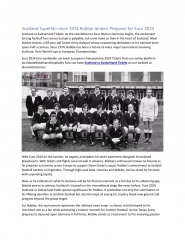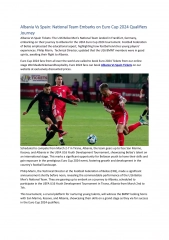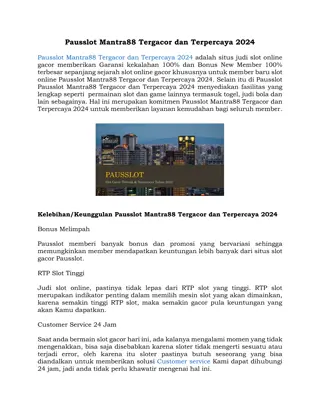
Understanding Lensometry: A Comprehensive Guide
Explore the world of lensometry with this detailed guide covering the uses, types, and indications of a lensometer. Learn how to measure eyeglasses and contact lenses accurately, including the power of lenses, prism, and lens alignment. Discover the different types of lensometers, such as manual and automatic, along with their key features and parts. No contraindications to lensometry are mentioned, making it a valuable tool in the field of optometry.
Uploaded on | 0 Views
Download Presentation

Please find below an Image/Link to download the presentation.
The content on the website is provided AS IS for your information and personal use only. It may not be sold, licensed, or shared on other websites without obtaining consent from the author. If you encounter any issues during the download, it is possible that the publisher has removed the file from their server.
You are allowed to download the files provided on this website for personal or commercial use, subject to the condition that they are used lawfully. All files are the property of their respective owners.
The content on the website is provided AS IS for your information and personal use only. It may not be sold, licensed, or shared on other websites without obtaining consent from the author.
E N D
Presentation Transcript
2 Introduction
/ . The lensometer (an instrument sometimes referred to as a focimeter, vertometer, or lensometer) measures the strength and prescription of eyeglasses or contact lenses. Lensometer 3
/ . The indications for lensometry include measuring the power lens measuring optic center lens Indications measuring prismatic power and direction of a lens measuring marking the optical axis and lens alignment before fitting. 4
/ . Single Vision lenses Bifocal lenses Trifocal lenses Progressive Addition lenses Uses of Lensometer Determine the Sphere power Determine the Cylindrical lens power Mark the optical center Contact lens power Power of prism 5
/ . There are no contraindications to lensometry. Contraindications 6
/ . Manual Lensometer Automatic Lensometer Types Of Lensometer 7
/ . A manual lensometer provides the precise power of a lens. can be transported anywhere and is portable. Manual Lensometer 8
/ . Power switch Illumination system Focusable eyepiece Power wheel Parts of lensometer Axis scale Manual Reticle Instrument table or lens stop aperture Lens holder Lens height adjustment knob or lever Lens ink well or marker Prism control system 9
/ . adjustable eyepiece : to measure the axes of cylindrical lenses and power of the prism. illuminated target : is a ring of dots formed by a disc with punched circle of holes. Basic parts collimating lens : is to change the path of the light rays to parallel. 10
/ . 1. The device is operated and the standard is set to obtain the clear target at ZERO degrees by rotating the eyepiece clockwise and counterclockwise. 2. Put lens of the eyeglasses to be measured on lens table and lowering the lens holder to fix in the center of the grid, and one of the hands must be holding the power wheel. Procedure 3. Because of the placement of the lens in the device, the target in grid will become unclear, so we move the power wheel up or down to obtain accurate clarity. 4. If the target (the circle in blue) is clear for both axes together, then the lens type is SPHERICAL, as in the figure below. 11
/ . 5. If the target is clear on one axis and the other is not clear, then this means that the lens is CYLINDRICAL. 6. If the target is clearly in the form of a cylinder (close and parallel horizontal Procedure lines), then we read the degree that represents the FIRST reading, as in the figure below 7. After that, we move the power wheel to obtain the SECOND reading, which is perpendicular to the axis of the first reading, which will appear in the form of a cylinder (close and parallel vertical lines) as shown in the figure below. 12
/ . An automated lensometer is an automatic instrument that measures repeatable, fast, and reliable lens prescriptions. It is relatively less accurate but easily opera Automated lensometer table compared to a manual lensometer. It employs a white light and ray-trace system to measure the powers of the sphere, cylinder, axis, add, and prism of a lens in a single operation. The values of each measure are then displayed digitally and can be printed or recorded manually 13
/ . Power switch: switches the equipment on and off. LCD screen: displays lens parameters. Lens-holding device: to hold the lens in place. Part of Automated Lens frame table: to rest the lens. lensometer Printer: may be built-in or a separate accessory. Lens marker lever and pins: to mark the lens. Nosepiece holder 14
/ . UV Transmittance Measurement Easy and Fast Operation Auto Mono and Multi Focal Detection Advantage LCD Touch Panel Fast and Easy Loading of Printer Paper 15






















